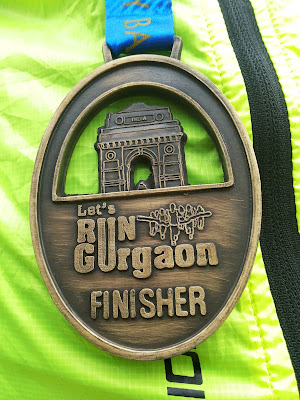FIFA estimates that more than 750
Million television viewers watched at least 60 seconds of action during the
2015 Women World Cup in Canada. The final between the US and Japan was the most
watched soccer match in US Television history with 25.4 Million tuning in. The
tournament also broke television viewing records in Canada, France, Japan,
Australia, Brazil, China, South Korea and Norway for Women Football.
Women Football is heavily reliant
on the spectacle of international tournaments to widen its popularity. The struggle
has been to sustain that interest and make it bleed into Women Club Football.
Women World Cup fall in the “in between” years, when there is no men’s World
Cup or European Championship, which makes it ripe for strong television viewing
and attendance figures.
In the US, soccer is more readily
accepted as women’s sport. The sport history is not shrouded in the same
patriarchal cultural baggage as it is in much of Europe. In recent years, other
nations have risen to challenge the US dominance such as Japan and Germany.
Lately, teams such as France and England have developed pleasingly while the
Brazilian national side is no longer just 10 girls and Marta. The international
picture is panning out to be more competitive, which will only serve to
generate more interest.
One must be careful not to compare
women’s football with top level men’s football. Women’s Football is played in a
different style, for a start. But the concept of women’s football is still in
its infancy. In England, women were banned from organizing themselves
professionally in football until the 1970s. Women Football is bridging a gap of
around 100 years of development compared to the men’s game. The tectonic plates
of the domestic game in women’s football continue to collide. With the
suffocating coverage of men’s football and the rolling soap opera of La Liga,
the Premier League and the Champions League the women leagues struggle to be
noticed.
India women national side holds a
higher FIFA ranking than their male counterparts. It remains a mystery that such
a populous country with a consuming passion for football continues to have such
an uninspiring participative legacy. The Indian Super League was founded in
2013 with the ultimate aim of creating a flourishing domestic football scene. The
women’s game in this sprawling nation requires a similar notion to put itself on
the emerging map of women’s football.









